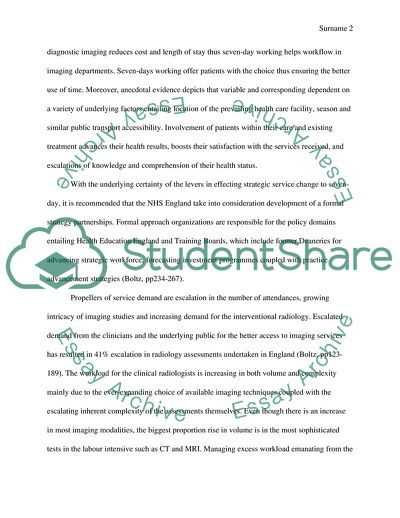Cite this document
(Implementing 7 Day working in Imaging Departments: GoodPractice Article, n.d.)
Implementing 7 Day working in Imaging Departments: GoodPractice Article. https://studentshare.org/nursing/1855472-implementing-seven-day-services-in-hospitals
Implementing 7 Day working in Imaging Departments: GoodPractice Article. https://studentshare.org/nursing/1855472-implementing-seven-day-services-in-hospitals
(Implementing 7 Day Working in Imaging Departments: GoodPractice Article)
Implementing 7 Day Working in Imaging Departments: GoodPractice Article. https://studentshare.org/nursing/1855472-implementing-seven-day-services-in-hospitals.
Implementing 7 Day Working in Imaging Departments: GoodPractice Article. https://studentshare.org/nursing/1855472-implementing-seven-day-services-in-hospitals.
“Implementing 7 Day Working in Imaging Departments: GoodPractice Article”. https://studentshare.org/nursing/1855472-implementing-seven-day-services-in-hospitals.


